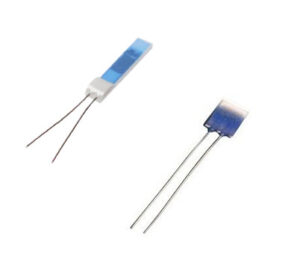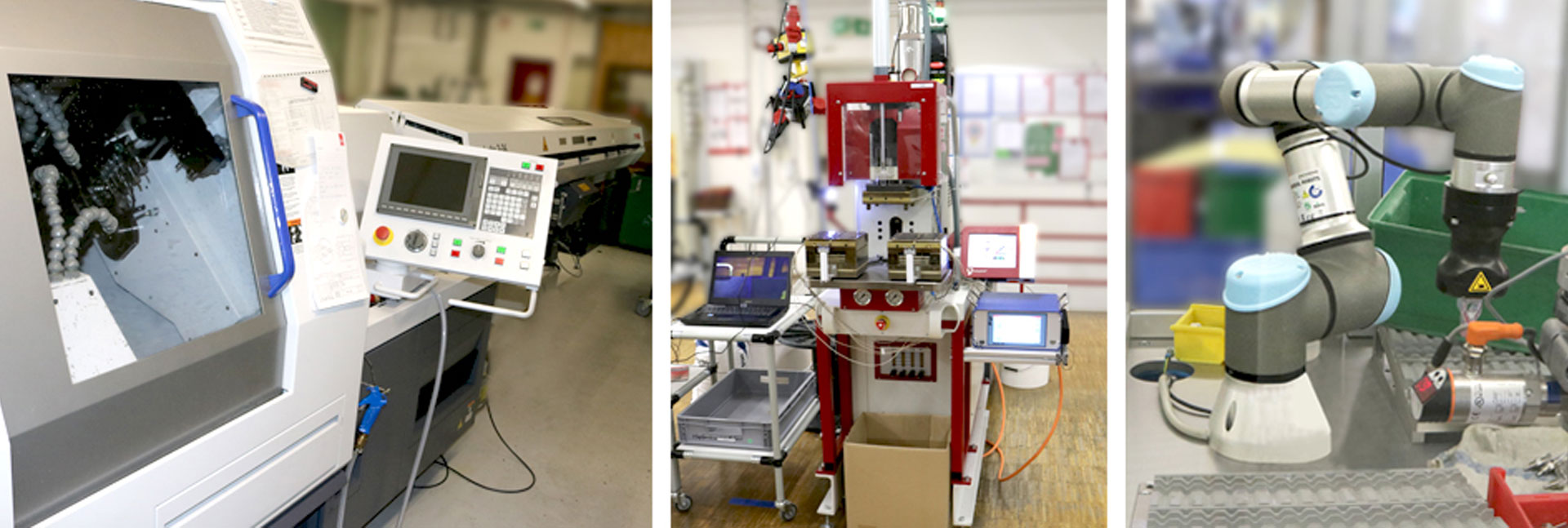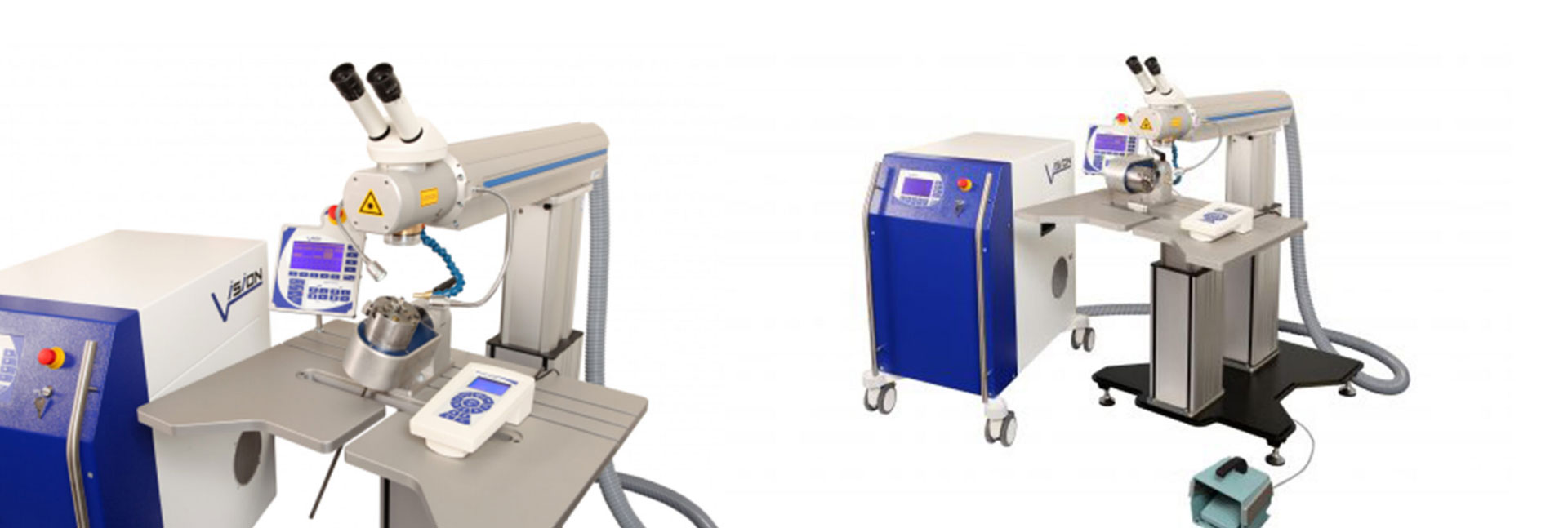Platinum temperature sensors
Differences of the applications
Temperature is a unit of measurement for the thermal state of a material or medium. The most commonly used measuring method for determining the physical quantity of temperature is measurement by means of a resistance thermometer (temperature sensor). In such a resistance thermometer, the electrical resistance of the sensor changes as a function of the temperature. A resistance thermometer consists of a sensor element and other components, such as connecting elements and connecting leads (for more detailed information, read the report on resistance thermometers).
A widely used and very accurate sensor element type for temperature measurement is the platinum sensor. Platinum (Pt) sensors belong to the group of RTD sensors. RTD stands for “Resistance Temperature Detector” and refers to sensors in which the resistance depends on the temperature. The temperature can thus be determined by measuring the sensor resistance.
Platinum sensors are available in two different designs: Platinum thin-film sensors and wire-wound platinum sensors. Platinum thin film technology is widely used for Pt sensor elements. Thin film technology is a microstructured combination of layers of ceramic, metal and also glass. In addition to the widespread layer technology, however, some Pt sensor elements also consist of a fine platinum wire winding. This wire winding is applied to a base body made of either glass or ceramic. These sensors are called wire-wound platinum sensors.
Compared to other RTDs, the platinum material of the Pt sensors provides a resistance which is considered to be very stable over a long period of time. Another advantage over other RTD sensors is the electrical resistance of the platinum sensors, which changes almost linearly with temperature over a wide temperature range. As the temperature increases, so does the resistance. This allows measurements over wide temperature ranges. By measuring the voltage drop, a resistance value is provided which is then used to calculate the absolute temperature.
All platinum temperature sensors are standardized according to DIN EN 60751 for the temperature range -200…+850 °C. However, it should be noted that the accuracy classes are only valid for certain temperature ranges (see table). This standard specifies when which sensor must have which accuracy class in order to be designated as Pt100 or Pt1000, for example. For platinum sensors that do not conform to the standard, a marking must therefore be added.
Accuracy classes according to DIN EN 60751:
With regard to accuracy classes, it must be noted that DIN EN 60751 was adapted in 2008. Since then, the standard distinguishes between the sensor elements (the actual Pt100, Pt1000, etc. sensors) and the resistance thermometers (probes). Furthermore, the standard distinguishes again between wirewound and layer resistors.
| Validity range °C | Validity range°C | ||
| Class | Wire wound resistors W | Layer resistances F | Limit deviation a °C |
| AA (W 0,1; F 0,1) | -50 up to +250 (AA), -100 up to +350 (W 0,1) |
0 up to +150 | ± (0,1 + 0,0017 |t|) |
| A (W 0,15; F 0,15) | -100 up to +450 | -30 up to +300 | ± (0,15 + 0,002 |t|) |
| B (W 0,3; F 0,3) | -196 up to +600 | -50 up to +500 | ± (0,3 + 0,005 |t|) |
| C (W 0,6; F 0,6) | -196 up to +600 | -50 up to +600 | ± (0,6 + 0,01 |t|) |
a |t| = Amount of temperature in °C without consideration of the sign.
In addition, B+B also offers the accuracy class 1/10 DIN up to 350°C. This is a non-standardized class. The deviation is calculated according to the following formula:
± (0,03 + 0,0005 x |T|) °C
What does the designation Pt100 or Pt1000 mean?
The most common Pt sensors are the Pt100 and the Pt1000. The number behind the designation “Pt” stands for the resistance at the temperature 0 °C. Thus, a Pt100 sensor has a nominal resistance of 100 Ω at a temperature of 0 °C. Concluding, the Pt1000 sensor has a nominal resistance of 1000 Ω at 0 °C.
But what does this mean? Here is an example to illustrate:
Pt100 has nominal resistance at 10°C = 103.9 Ω (resistance increases with temperature, so from 0 °C to 10 °C resistance increase of 3.9 Ω).
Pt1000 has at 10°C = 1039 Ω nominal resistance (The resistance increases with temperature, i.e. from 0 °C to 10 °C resistance increase of 39 Ω).
Of course, in addition to Pt100 and Pt1000 sensors, there are also Pt200, Pt500, Pt10,000, etc. Sensors, where the number also stands for the resistance at 0 °C. The selection of which Pt sensor to use is usually based on the input of the control unit, as well as on the accuracy. For example, it makes sense to use a Pt1000 sensor for a 2-wire circuit, since the lead resistance has less influence on the measurement result than with a Pt100. The reason is that the base resistance of a Pt1000 sensor is 10 times higher than that of a Pt100 sensor. Detailed explanations of the different conductor technologies for temperature sensors can be found in the next B+B application report.
Other interesting topics
Newsletter registration
Stay up to date with us free of charge. Don't miss any more news, novelties or information with our free newsletter!








